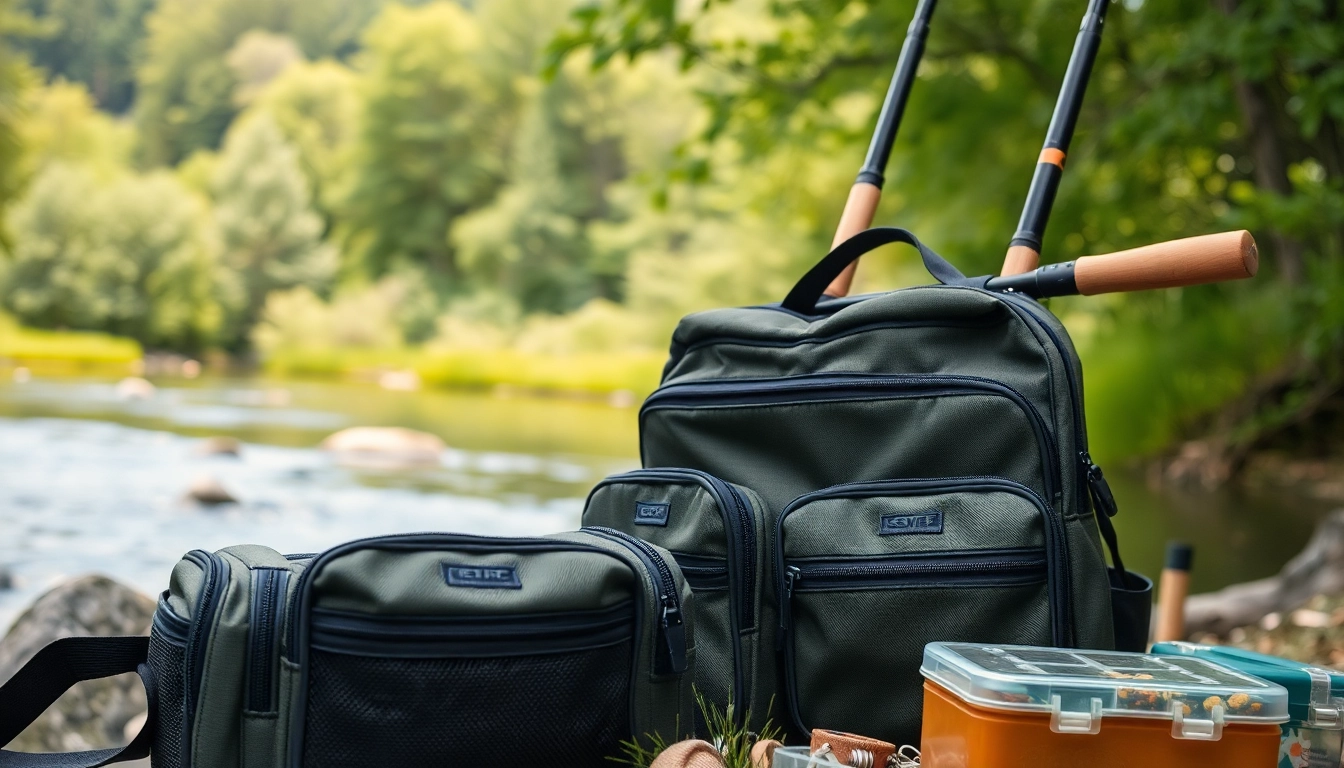Snorkeling is one of the most exhilarating ways to explore the underwater world, especially when it involves encountering the majestic sea turtles in their natural habitat. Known for their grace and antiquity, these remarkable creatures offer an unforgettable experience to snorkelers. For those interested in embarking on this thrilling aquatic adventure, understanding the turtle snorkel experience is essential. This guide will delve into the fundamentals of turtle snorkeling, from the basic techniques to the environmental considerations for responsible and safe exploration.
The Basics of Turtle Snorkel
What is Turtle Snorkel?
Turtle snorkel refers to the practice of snorkeling with sea turtles, where individuals swim at or near the surface of the water to observe these magnificent creatures in their natural environment. Unlike traditional diving, snorkeling is accessible to a broader audience, requiring less equipment and training. It provides a unique opportunity to interact with marine life while remaining relatively close to the surface. Turtle snorkeling can be enjoyed in many locations around the world where these gentle animals are known to inhabit, making it a globally sought-after activity for aquatic enthusiasts.
Essential Gear for Turtle Snorkel
Before venturing into the azure waters for turtle snorkeling, it’s crucial to equip yourself with the right gear for a safe and enjoyable experience. Here’s a list of essential equipment:
- Snorkel Mask: A good-quality mask provides a clear view and a comfortable fit, essential for breathing and seeing underwater.
- Snorkel: Ensure your snorkel is properly fitted, allowing you to take breaths effortlessly while keeping your face submerged.
- Fins: Snorkeling fins enhance your swimming efficiency and allow you to cover more ground while minimizing fatigue.
- Wetsuit: Depending on the water temperature, a wetsuit helps with thermal protection and buoyancy.
- Rash Guard: For protection against sunburn and coral scrapes, a rash guard is a recommended addition.
- Underwater Camera: Capture your unforgettable moments and share your experiences with others.
Safety Tips for Snorkeling with Turtles
When snorkeling, particularly around sensitive environments like coral reefs where turtles can be found, safety is paramount. Here are some essential tips to ensure a secure experience:
- Always Buddy Up: Snorkel with a partner to enhance safety; one can assist if the other faces difficulties.
- Check Conditions: Before entering the water, check weather and visibility conditions to avoid challenging situations.
- Stay Calm and Controlled: Excitement can lead to erratic movement; maintain control to avoid disturbing marine life.
- Be Aware of Your Surroundings: Keep an eye out for currents and boat traffic, and snorkel in designated areas.
- Respect Marine Life: Observe turtles from a distance without touching or chasing them, ensuring their natural behaviors aren’t disrupted.
Choosing the Right Location for Turtle Snorkel
Best Destinations for Turtle Snorkel
There are numerous destinations renowned for spectacular turtle snorkeling experiences. Some of the best sites around the globe include:
- Hanauma Bay, Hawaii: This marine embayment is home to diverse marine life, including green sea turtles frequently spotted while snorkeling.
- The Great Barrier Reef, Australia: Home to a plethora of marine species, this iconic destination is perfect for snorkelers eager to encounter sea turtles.
- Maldives: Known for its crystal-clear waters and vibrant marine ecosystems, the Maldives is a paradise for turtle lovers.
- Cozumel, Mexico: This island features excellent snorkeling spots inhabited by sea turtles, attracting many snorkelers each year.
- Whitsunday Islands, Australia: With stunning coral reefs and abundant marine life, this is a prime location for turtle encounters.
Environmental Considerations When Snorkeling with Turtles
As snorkelers, it’s our responsibility to protect the ecosystems we enjoy. Here are ways to minimize your environmental impact while snorkeling:
- Practice ‘Leave No Trace’: Do not leave behind any waste or litter; pack out whatever you bring in.
- Avoid Disturbing Wildlife: Keep a safe distance from turtles and other marine creatures to allow them to thrive in their environment.
- Choose Eco-Friendly Products: Use reef-safe sunscreens and rinse off before entering the water to protect coral reefs from harmful chemicals.
- Follow Local Guidelines: Always adhere to local regulations regarding marine conservation zones and turtle protection laws.
Seasonal Variations: When to Go Turtle Snorkeling
Understanding the best seasons to go turtle snorkeling can enhance your experience significantly. Here are some observations based on different locations:
- Hawaii: The best months to snorkel with turtles are typically from May to September when the waters are warm and calm.
- Australia: For the Great Barrier Reef, optimal turtle sightings are usually from June to November, coinciding with warmer weather.
- Maldives: December to April is considered peak season for snorkeling, featuring optimal visibility and marine activity.
Turtle Snorkel Techniques and Tips
Proper Breathing Techniques for Snorkeling
Mastering breathing techniques is essential while snorkeling. Here are some techniques designed to optimize your experience:
- Deep Breathing: Practice inhaling deeply through your snorkel to maximize oxygen intake, which will keep you comfortable during long swims.
- Slow Exhalation: Exhaling slowly and consistently helps to clear any water that enters the snorkel, allowing for uninterrupted breathing.
- Patterned Breathing: Develop a rhythm while swimming; breathe in while your face is above water and exhale when submerged.
Efficient Swimming Techniques for Turtle Snorkel
Efficient swimming not only enhances your snorkeling experience but also conserves energy while appreciating the marine environment. Here are a few swimming tips:
- Use Your Core: Engage your core muscles to control your movements, allowing for smooth, gliding motions rather than exhausting kicks.
- Flutter Kicks: A relaxed yet straight flutter kick will propel you forward while keeping you balanced on the water’s surface.
- Propulsion with Arms: Use your arms to guide your direction; long sweeping motions can help you navigate more effectively.
How to Approach Turtles Respectfully
Respectful interaction with turtles is crucial for their well-being and your safety. Here are some methods to ensure a respectful approach:
- Observe from a Distance: Maintain a minimum distance of at least 10 feet to avoid startling the turtles.
- Stay Calm: Avoid sudden movements that may frighten the animals; approach slowly and quietly.
- Follow Their Path: Let the turtles swim naturally; do not chase or corner them, as it can cause them stress.
The Benefits of Turtle Snorkel
Physical Health Benefits of Snorkeling
Engaging in snorkeling offers a multitude of physical health benefits, including:
- Cardiovascular Fitness: Swimming increases your heart rate and improves overall cardiovascular health.
- Muscle Strength: The resistance of water builds muscle strength and endurance, particularly in the arms, legs, and core.
- Flexibility: The various movements required during snorkeling help improve flexibility, particularly in the joints.
Mental Well-Being from Underwater Exploration
The mental health benefits of snorkeling are equally significant. Snorkeling can contribute to:
- Stress Relief: The calming nature of water can relieve stress and promote relaxation.
- Mental Clarity: Spending time in nature enhances cognitive function and mental clarity.
- Mindfulness: Connecting with nature encourages mindfulness, helping you to be present and appreciate your surroundings.
Contributing to Marine Conservation
Turtle snorkeling not only provides personal enjoyment but can also contribute to broader marine conservation efforts. Snorkelers can support conservation in the following ways:
- Participate in Citizen Science: Many organizations welcome snorkelers to contribute data on marine life sightings, assisting in research and conservation efforts.
- Volunteer for Coastal Cleanups: Engage in beach and underwater cleanups to protect turtle habitats from pollution and debris.
- Support Local Conservation Efforts: Purchase eco-friendly gear and promote responsible snorkeling practices in the local community.
Sharing Your Turtle Snorkel Experience
Documenting Your Turtle Snorkel Adventure
Recording your experience can help preserve memories and inspire others. Here are ways to document your turtle snorkeling adventure:
- Photography: Invest in an underwater camera to capture stunning images of turtles and marine life.
- Journaling: Maintain a snorkeling journal detailing your experiences, sightings, and feelings during your underwater journey.
- Video Recording: Create a video diary of your snorkeling adventures, capturing your interactions and observations.
Social Media Tips for Snorkel Enthusiasts
Sharing your experiences on social media can spread awareness and enthusiasm for marine conservation. Consider these tips:
- Use #Hashtags: Utilize relevant hashtags to reach a broader audience interested in snorkeling and marine life.
- Engage with the Community: Join snorkeling and marine conservation groups to connect with like-minded individuals.
- Share Educational Content: Post information about marine conservation to educate others about the importance of protecting sea turtles and their habitats.
How to Educate Others About Marine Life
As a snorkeler, you can play a vital role in educating others about marine ecosystems and conservation. Here are effective methods:
- Lead by Example: Showcase good snorkeling practices and responsible behavior in every diving experience.
- Host Informational Sessions: Organize gatherings or workshops to discuss marine life and conservation efforts.
- Donate to Marine Conservation Organizations: Support organizations that focus on protecting marine habitats and educating the public.



